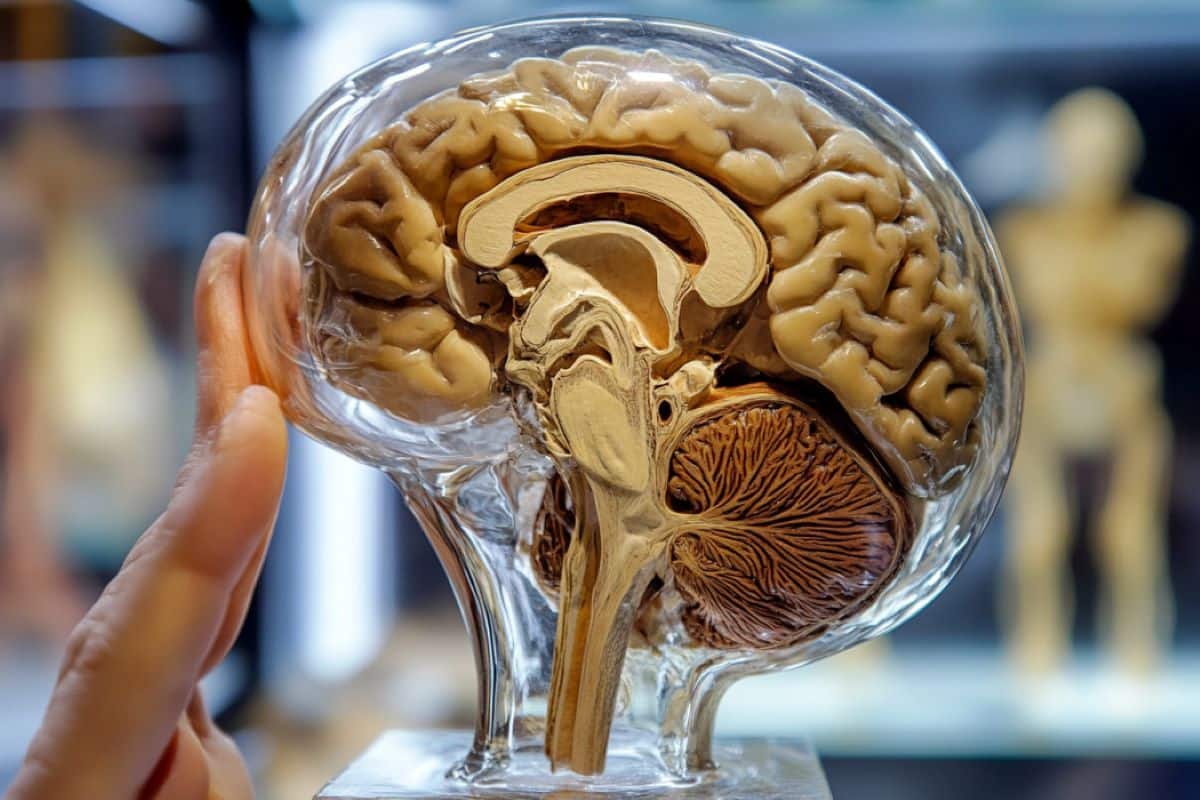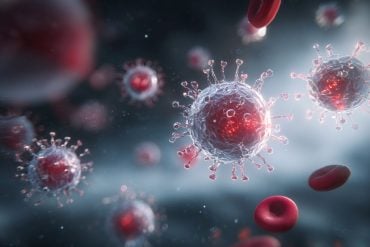Summary: Cannabis use in adolescents may lead to thinning of the cerebral cortex, a key brain region for cognitive function. Researchers found that THC, the active ingredient in cannabis, causes the shrinking of dendrites, which are crucial for neuron communication.
This atrophy may affect the brain’s ability to learn, cope, and interact socially, increasing vulnerability during a critical period of brain development. The findings emphasize the need for further understanding of cannabis’s effects on adolescent brain maturation.
Key Facts:
- THC in cannabis causes thinning of the cerebral cortex in adolescents.
- Dendrites, essential for neuron communication, shrink due to cannabis use.
- This thinning may impair learning, social interaction, and coping abilities.
Source: University of Montreal
Cannabis use may lead to thinning of the cerebral cortex in adolescents according to a recent study led by Graciela Pineyro and Tomas Paus,, researchers at CHU Sainte-Justine and professors at the Université de Montréal Faculty of Medicine.
A collaborative effort between two research laboratories with complementary approaches, the study demonstrates that THC – or tetrahydrocannabinol, an active substance in cannabis – causes shrinkage of the dendritic arborization, neurons’ “network of antennae” whose role is critical for communication between neurons.

This results in the atrophy of certain regions of the cerebral cortex – bad news at an age when the brain is maturing.
“If we take the analogy of the brain as a computer, the neurons would be the central processor, receiving all information via the synapses through the dendritic network,” explains Tomas Paus, who is also a professor of psychiatry and neuroscience at Université de Montréal.
“So a decrease in the data input to the central processor by dendrites makes it harder for the brain to learn new things, interact with people, cope with new situations, etc. In other words, it makes the brain more vulnerable to everything that can happen in a young person’s life.”
A multi-level approach to better understand the effect on humans
This project is notable for the complementary, multi-level nature of the methods used.
“By analyzing magnetic resonance imaging (MRI) scans of the brains of a cohort of teenagers, we had already shown that young people who used cannabis before the age of 16 had a thinner cerebral cortex,” explains Tomas Paus.
“However, this research method doesn’t allow us to draw any conclusions about causality, or to really understand THC’s effect on the brain cells.”
Given the limitations of MRI, the introduction of the mouse model by Graciela Pineyro’s team was key.
“The model made it possible to demonstrate that THC modifies the expression of certain genes affecting the structure and function of synapses and dendrites,” explains Graciela Pineyro, who is also a professor in the Department of Pharmacology and Physiology at Université de Montréal.
“The result is atrophy of the dendritic arborescence that could contribute to the thinning observed in certain regions of the cortex.”
Interestingly, these genes were also found in humans, particularly in the thinner cortical regions of the cohort adolescents who experimented with cannabis.
By combining their distinct research methods, the two teams were thus able to determine with a high degree of certainty that the genes targeted by THC in the mouse model were also associated to the cortical thinning observed in adolescents.
With cannabis use on the rise among North American youth, and commercial cannabis products containing increasing concentrations of THC, it’s imperative that we improve our understanding of how this substance affects brain maturation and cognition.
This successful collaborative study, involving cutting-edge techniques in cellular and molecular biology, imaging and bioinformatics analysis, is a step in the right direction for the development of effective public health measures.
About this CUD and neurodevelopment research news
Author: Julie Gazaille
Source: University of Montreal
Contact: Julie Gazaille – University of Montreal
Image: The image is credited to Neuroscience News
Original Research: Closed access.
“Cells and Molecules Underpinning Cannabis-Related Variations in Cortical Thickness during Adolescence” by Graciela Pineyro et al. Journal of Neuroscience
Abstract
Cells and Molecules Underpinning Cannabis-Related Variations in Cortical Thickness during Adolescence
During adolescence, cannabis experimentation is common, and its association with interindividual variations in brain maturation well studied. Cellular and molecular underpinnings of these system-level relationships are, however, unclear. We thus conducted a three-step study.
First, we exposed adolescent male mice to Δ-9-tetrahydrocannabinol (THC) or a synthetic cannabinoid WIN 55,212-2 (WIN) and assessed differentially expressed genes (DEGs), spine numbers, and dendritic complexity in their frontal cortex. Second, in human (male) adolescents, we examined group differences in cortical thickness in 34 brain regions, using magnetic resonance imaging, between those who experimented with cannabis before age 16 (n = 140) and those who did not (n = 327).
Finally, we correlated spatially these group differences with gene expression of human homologs of mouse-identified DEGs. The spatial expression of 13 THC-related human homologs of DEGs correlated with cannabis-related variations in cortical thickness, and virtual histology revealed coexpression patterns of these 13 genes with cell-specific markers of astrocytes, microglia, and a type of pyramidal cells enriched in dendrite-regulating genes.
Similarly, the spatial expression of 18 WIN-related human homologs of DEGs correlated with group differences in cortical thickness and showed coexpression patterns with the same three cell types.
Gene ontology analysis indicated that 37 THC-related human homologs are enriched in neuron projection development, while 33 WIN-related homologs are enriched in processes associated with learning and memory.
In mice, we observed spine loss and lower dendritic complexity in pyramidal cells of THC-exposed animals (vs controls). Experimentation with cannabis during adolescence may influence cortical thickness by impacting glutamatergic synapses and dendritic arborization.







